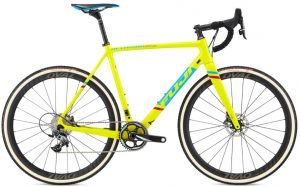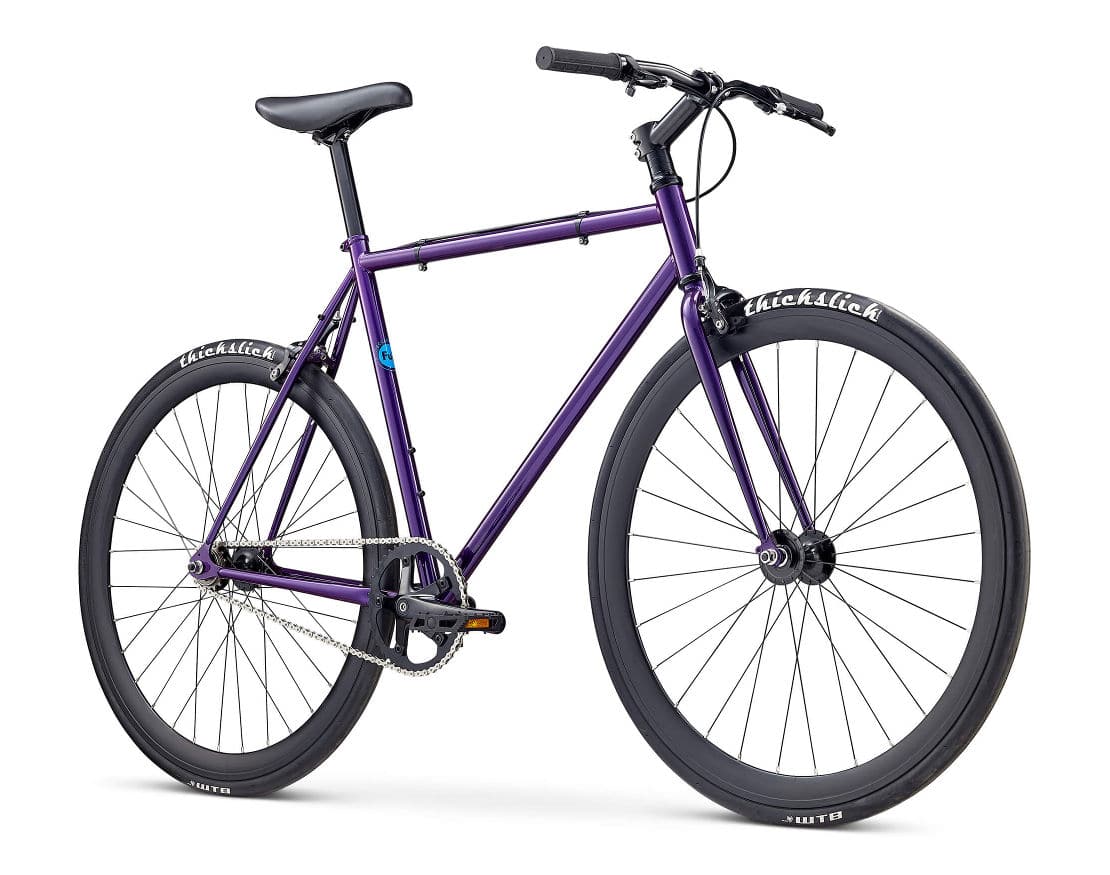

FUJI BIKES REPUTATION HOW TO
Around 1985, the industry finally figured out how to make a good off-the shelf touring bike. Unfortunately, such bikes were not available from stock a buyer would have to start with a "sport touring" bike and make various modifications to turn it into a thoroughbred touring machine. The loaded touring bike was the most prestigious type of bike, and was generally recommended as the ideal general-purpose bike for the serious cyclist. Throughout the '70s and early '80s, "Touring" was the hottest buzzword in the industry, and it was hard to find any bicycle part that didn't feature "tour" or "touring" in its name or advertising. In 1977 it was upgraded to 12-speed, and later the name was changed to S12-S. This model name was continued for several years. The S10-S had aluminum handlebars and stem, Sunshine high-flange hubs, and a Belt leather saddle.
FUJI BIKES REPUTATION FULL
It had a well designed, butted frame, available in a full range of sizes, nearly indestructible Ukai aluminum rims, and the bike soon acquired an excellent reputation for reliability and performance. The S-10-S featured Sugino Maxy cotterless cranks (while competitive models from Europe were still using steel, cottered cranks). He spec'ed the breakthrough model, the S-10-S, and, when the first batch had persistent spoke breakage problems, he insisted that all of the wheels be replaced. cyclist to succeed in getting a major Japanese bike maker to listen to him. importer at the time was Eugene Ritvo, from the Boston area, and he seems to have been the first knowledgeable U.S.

market was Nichibei Fuji (not to be confused with all the other Japanese companies that are called "Fuji" "Fuji" is roughly the Japanese equivalent of "Acme.") The U.S. The first Japanese company to figure out the U.S. When a rider who had been using French derailers first tried out a VGT, the effect was as startling as the later transition from friction to index shifting. The shifting ease and performance were dramatically superior.

The VGT was a reasonably light derailer, with a large chain take-up capacity, and a very light action, compared to the early '60s designs from Simplex and Huret. The VGT was a wide-range touring derailer, using SunTour's patented "slant parallelogram" design. Cotterless cranksĪlthough Japanese derailers had appeared as original equipment on Japanese bikes, the SunTour VGT was the first model to make a big splash in the aftermarket. Although the Lark was quite heavy, it shifted markedly better than the French Huret Allvits and Simplex Prestiges that were coming through on the bikes from Europe. This was partly due to design, and partly due to the fact that Japanese steel was not as good as European (nor American) steel.Įven though these bikes were not durable, they did have their good points, most particularly the Shimano Lark rear derailer.

It was equipped with Araya steel rims, which were beautifully made, much smoother and truer than European steel rims of the era.but not strong enough to withstand the weight of an average American rider. This bike was only available in one size, 20", which was considerably too small for an average American man. This was a 10-speed, pretty much all steel except for the handlebar stem and the Dia Compe brakes. He most widely distributed Japanese bike of this era was sold under the name Royce Union. (This gap was wider at the time than it is now, due to the privations the Japanese population suffered during and after the war.) Royce Union While Japanese bicycles were manufactured to very tight tolerances, and nicely finished (considerably better than their European competition), the Japanese had not yet come to terms with the average American's being taller and heavier than the average Japanese. market for adult bicycles was basically owned by the French and English. market until the early 1970s.Īs the 1970s opened, the U.S. This began to turn around in the camera and electronics industries in the 1950s, but Japanese companies didn't figure out how to make and sell bicycles for the U.S. Japanese Bicycle Brands.Quick JumpĪfter the Second World War, Japan was primarily known for making cheap knockoffs of foreign designs, competing on the basis of cheap labor. There are still many very fine Japanese bicycles available on the used market, and this article is intended as a guide to them. market today, due to unfavorable currency exchange rates. Japanese bicycles are often of very fine quality, but few are available in the U.S.


 0 kommentar(er)
0 kommentar(er)
